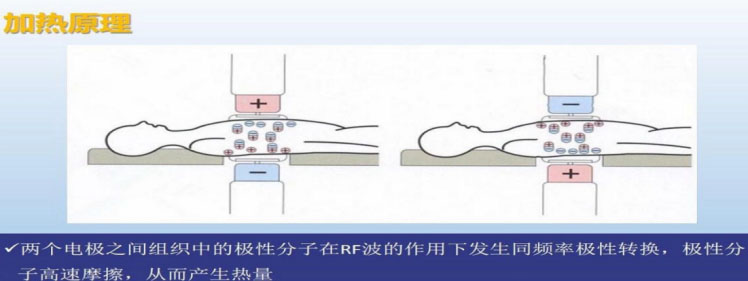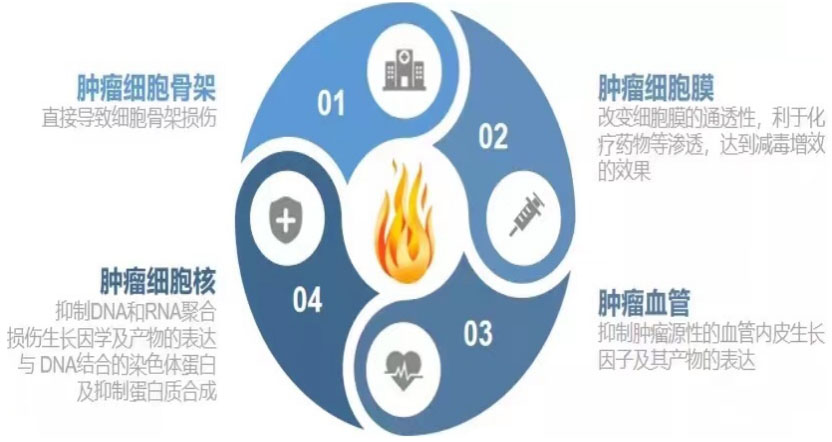Hyperthermia uses different heating sources (radio frequency, microwave, ultrasound, laser, etc.) to raise the temperature of tumor tissue to the effective treatment temperature, resulting in the death of tumor cells without damaging normal cells. Hyperthermia can not only destroy tumor cells, but also destroy the growth and reproduction environment of tumor cells.
Mechanism of Hyperthermia
Cancer cells, like any other cells, receive blood through the blood vessels for their survival.
However, cancer cells cannot control the amount of blood flowing in the blood vessels, which have been forcibly changed by them. Hyperthermia, a method of treatment, capitalizes on this weakness of cancer tissues.

1. Hyperthermia is the fifth tumor treatment after surgery, radiotherapy, chemotherapy and biotherapy.
2. It is one of the important adjuvant treatments for tumors (can be combined with a variety of treatments to improve the comprehensive treatment of tumors).
3. It is non-toxic, painless, safe and non-invasive, also known as green therapy.
4. Many years of clinical treatment data show that the treatment is effective, non-invasive, rapid recovery, low risk, and low cost for patients and families (Day care basis).
5. All human tumors except brain and eye tumors can be treated (alone, or combine with surgery, radiotherapy, chemotherapy, stem cell, etc.).
Tumor cytoskeleton——directly leads to cytoskeleton damage.
Tumor cells——change the permeability of cell membrane, facilitate the penetration of chemotherapeutic drugs, and achieve the effect of reducing toxicity and increasing efficiency.
Middle nucleus.
Inhibition of DNA and RNA polymerization damage growth etiology and expression of products chromosomal proteins binding to DNA and inhibition of protein synthesis.
Tumor blood vessels
Inhibit the expression of tumor-derived vascular endothelial growth factor and its products

